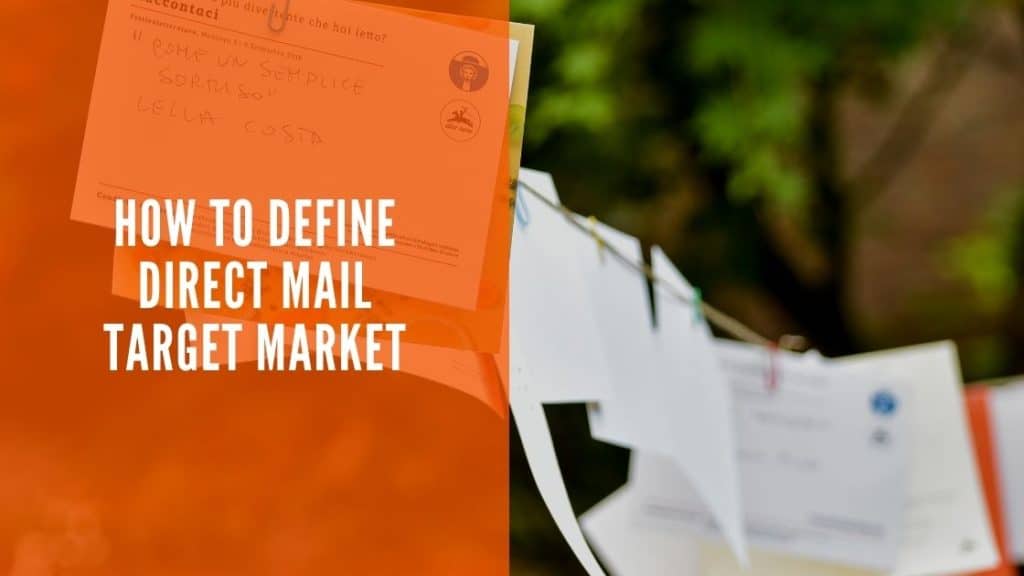Audience segmentation is a more refined approach towards messaging individuals and distributing materials. The process of audience segmentation involves organizing your contacts into smaller groups, or subgroups, so you can provide them with the content they most need. This approach allows you to create a more focused message for the different subgroups your organization serves.
Why is Audience Segmentation Valuable?
When you try to tailor your message for all people, the communication will come off as mediocre or generic. You run the risk of pleasing no one when you try to please everyone. You can choose to create a more focused message toward segmented subgroups. Audience segmentation is more valuable than an across-the-board generic message because you are speaking directly to a subgroup which may be more interested in the message.
For example, if you segment your audience based on age, you can more effectively deliver meaningful, yet different messages to your Millennial, Gen X, and Boomer members.
5 Types of Audience Segmentation
There are many types of audience segmentation. Here are 5 popular options.
Demographic
Targeted direct mail is easy to achieve when you choose a demographic approach. Demographics is the most common method of audience segmentation. You can separate your audience based on any demographics, including age, income, job type, and geographic location. The demographic approach is an easy and popular method because audiences often respond to messages geared toward demographic differences that are often reflected in the language you use in your marketing.
Behavior
Audience segmentation based on behavior is a little more complex than demographic targeting. Looking at a person’s behavior involves looking at what they buy, how often they make certain types of purchases, and why they choose to buy a product or service. An individual that makes many small purchases frequently will need to be communicated with differently than a person who makes a large purchase only occasionally. These two people are looking for different things and likely have different reasons for buying.
Your message will need to be tailored to these types of people when they are most likely to convert. Some behavioral segmentation groups include prospective buyers and members, first-time buyers and members, regular members, and defectors who have switched to a new organization.
Buyer’s Journey Progress
Audience segmentation based on the buyer’s journey progress focuses on where they are in their journey within your organization. The 3 basic stages of a buyer’s journey are awareness, consideration, and decision. Your message will need to be tailored differently for a person who has just started their journey and a person who is closer to the end of their journey.
For example, a buyer or potential member at the beginning of her journey is starting to discover there is an issue she wants to help solve. But a buyer or member near the end of his journey already knows there’s an issue to be solved but hasn’t quite made a choice on how to help yet. Sending a message based on members’ needs will help them on their journey at the right time.
Level of Engagement
Audience segmentation based on a member’s level of engagement can help your organization maintain the needed amount of contact. You will want to send different marketing to your regular members and your less engaged members. The tailored approach ensures you are not bombarding a member who is already very active within the organization. But you can maintain more frequent outreach to members who decide to help out less frequently.
What Device They’re Using
Audience segmentation occurs with how people are viewing your online platforms. Many people access the web on their smartphones now. You should tailor your website for the mobile crowd, but you should also design a version for the computer users. When you provide different views for different devices, you are ensuring the content is received the right way.
Audience Segmentation with Valtim
There’s a large variety of options available with audience segmentation. With Valtim, we can help you choose the right approach for your marketing goals. We can provide audience segmentation targeting through geo-targeting, demographics, economics, and even industry targeting (targeting specific individuals within those companies).
Valtim uses a geo-targeting approach to help identify high-value regions. We can also cross-reference other targeting data points within those specific regions. We use demographic targeting to focus on age, gender, race, marital status, family type, and many more. Economic targeting focuses on aspects like income level, net worth, employment status, home ownership, lifestyle, and education. Whatever your audience segmentation needs are, let Valtim help with your next marketing project. We can assist you with your next targeted direct mail project and help it be your most successful communication so far.



